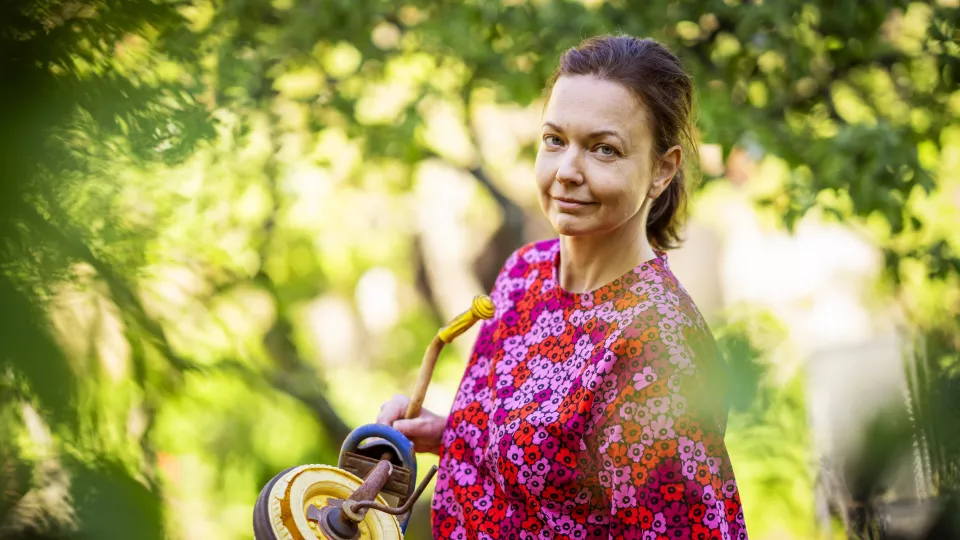Synthetically produced chemicals are now everywhere, in the soil, the water and the air we breathe. A plethora of new substances are floating around us and scientists warn that they are not getting the attention they need. In particular, there is a cocktail effect - we are exposed to many different substances in mixtures that, although at low levels, add up to a major risk factor. Although there are limits for both heavy metals and individual chemicals, very little is known about their combined effects," says Maria Hansson, an ecotoxicologist at the Centre for Environmental and Climate Science (CEC) at Lund University.
"We are not only seeing a climate and biodiversity crisis in the world. We are also seeing a chemical crisis," she says.
Harmful substances pose a threat to pollinating insects and future food supplies, but also to biodiversity in general and to our personal health. We are exposed to far more chemicals in our daily lives than we often realise.
Researchers search for chemicals in gardens
Maria Hansson leads the ChemFreeGarden project, where her research team is trying to find out what toxins and chemicals are present in Swedish gardens and urban green spaces. It's a complicated puzzle, and the researchers have been collecting dead hedgehogs, isopods and compost to help them. The results have not yet been published, but the researchers can already conclude that the collected hedgehogs contain several different heavy metals with known negative health effects.
"We know that some species are much more sensitive to certain substances than others. If individual species are wiped out or affected, the whole ecosystem chain is disrupted. That's why chemicals can have a major impact on biodiversity," says Maria Hansson.
From a human perspective, it's also about wanting to be able to grow herbs, fruit and vegetables in the garden at home in a non-toxic way. And avoiding pesticides is not enough to achieve this. Even those who try to manage their gardens in a sustainable way run the risk of introducing foreign substances. Maria Hansson cites plastic furniture, plastic toys, UV protection for decks, tarpaulins, pressure-treated wood and paints as some examples of chemical sources. And when the Swedish Society for Nature Conservation recently analysed 54 garden plants marketed as bee-friendly, 53 of them contained pesticide residues.
Better protection and changing gardening ideals
Researchers are currently analysing compost soil for traces of PFAS and microplastics. PFAS are a group of substances that are extremely persistent and are considered to be harmful to health. There is currently no legislation on PFAS as a group.
"We want compost to replace peat in planting soil because peat is not good for the climate. But compost is something we will continue to investigate, as our soil samples indicate that more control and sorting is needed."
Maria Hansson stresses that, overall, she does not see any danger to our health in the short term, given the current situation. But she would like to see more research and caution.
"We don't know what the risks are when we are exposed for decades in our daily lives. We need more protection and producer responsibility to give us a chance to live long and healthy lives," she says.
She also calls for a change in the gardening ideal. Instead of large areas of short-cut grass, it is good to have a variety of plants, abundant flowering and Nordic species that are adapted to our animal and insect life. This favours biodiversity.
"A large green lawn was a status symbol at a time when people could not afford to have land without cultivation, it became an object of boasting. A green lawn still signals high status and we need to change that. Let the garden become wilder, with more natural environments, indigenous species and cushions of flowers that become rolling landscapes. We will have easy-to-maintain systems with natural habitats for organisms," she says.
